Grooming like a gentleman is an essential aspect of the Old Money aesthetic.
It’s not just about looking presentable; it’s about taking pride in your appearance and projecting an image of confidence and self-respect.
This article will delve into the art of grooming, covering everything from shaving and skincare to hair care, scent, and overall hygiene.
Smooth as Silk Shave
A clean shave is a hallmark of a well-groomed gentleman, depicting refinement and attention to detail.
While the tools and techniques for shaving have evolved, the principles of achieving a smooth, irritation-free shave remain the same.
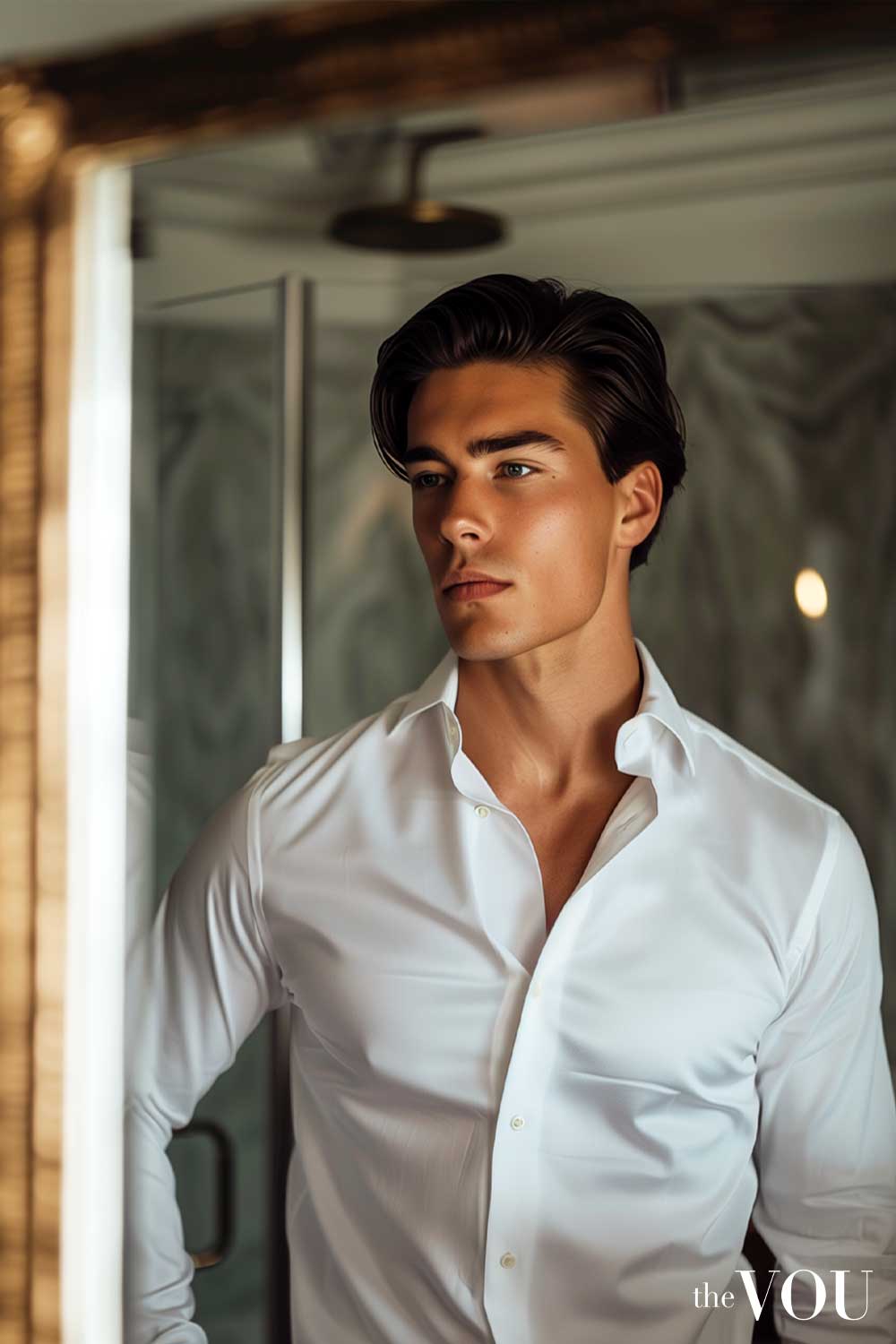
Preparation: Start by washing your face with warm water and a gentle cleanser to remove dirt and oil. Then, apply a pre-shave oil or cream to soften your beard and protect your skin.
The Shave: Use a sharp razor and a shaving cream or soap. Shave with the grain of your beard, using short, gentle strokes. Rinse your razor frequently to prevent clogging.
Post-Shave Care: Rinse your face with cold water to close your pores and soothe your skin. Apply a moisturising aftershave balm to hydrate and protect your skin.
Actionable Insight: Invest in a quality razor and shaving brush. A good razor will provide a closer shave with less irritation, while a shaving brush will help to lift your whiskers and create a richer lather.
Facial Hair to Suit Your Face
Facial hair can enhance your features, add a touch of personality to your look, and give you that much-desired old money vibe.
However, choosing a style that suits your face shape is important.
Square Face: A light beard or stubble can soften the angles of a square face.
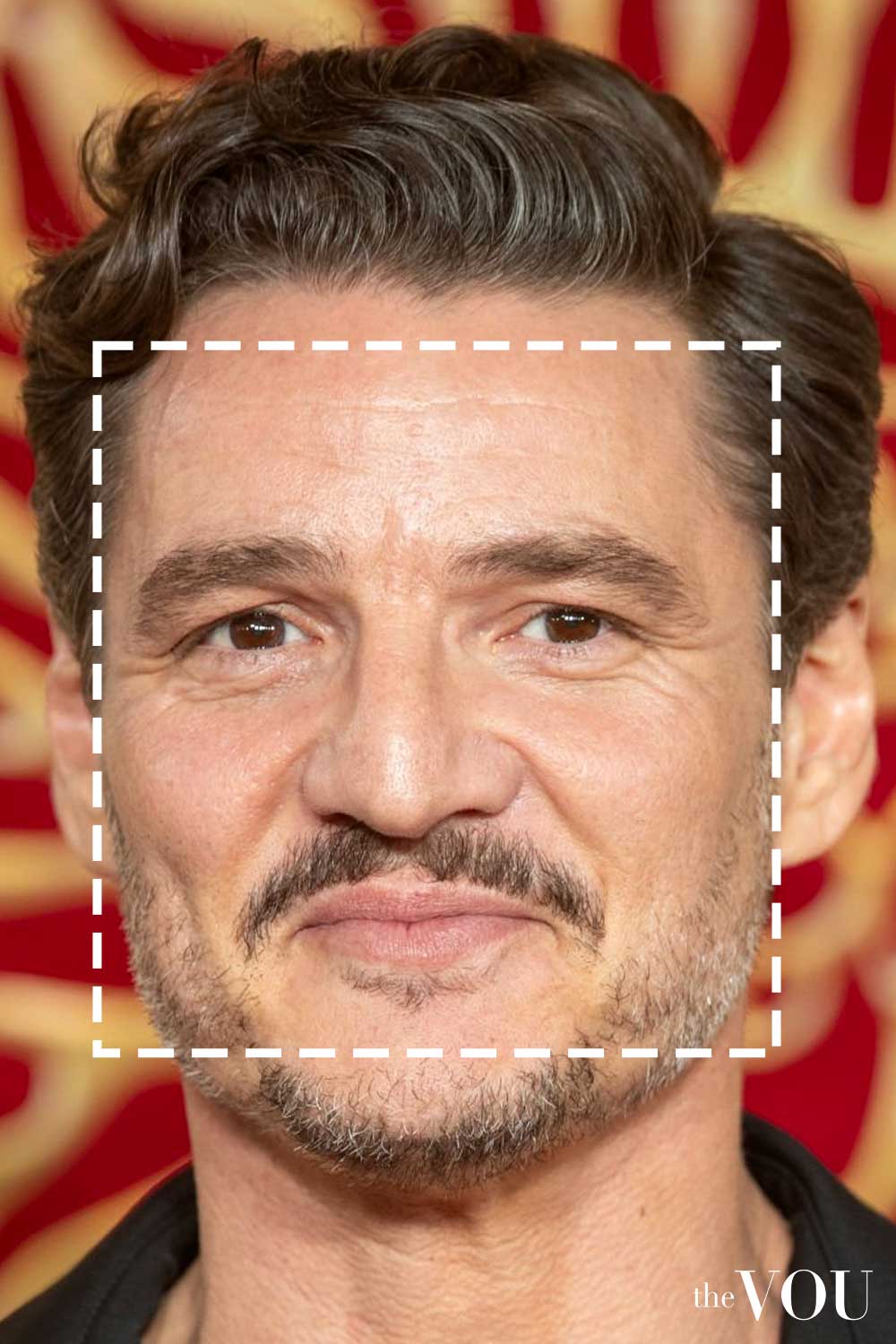
Round Face: A goatee or a beard longer on the chin can help elongate a round face.

Rectangular Face: A beard can help to shorten a long face.
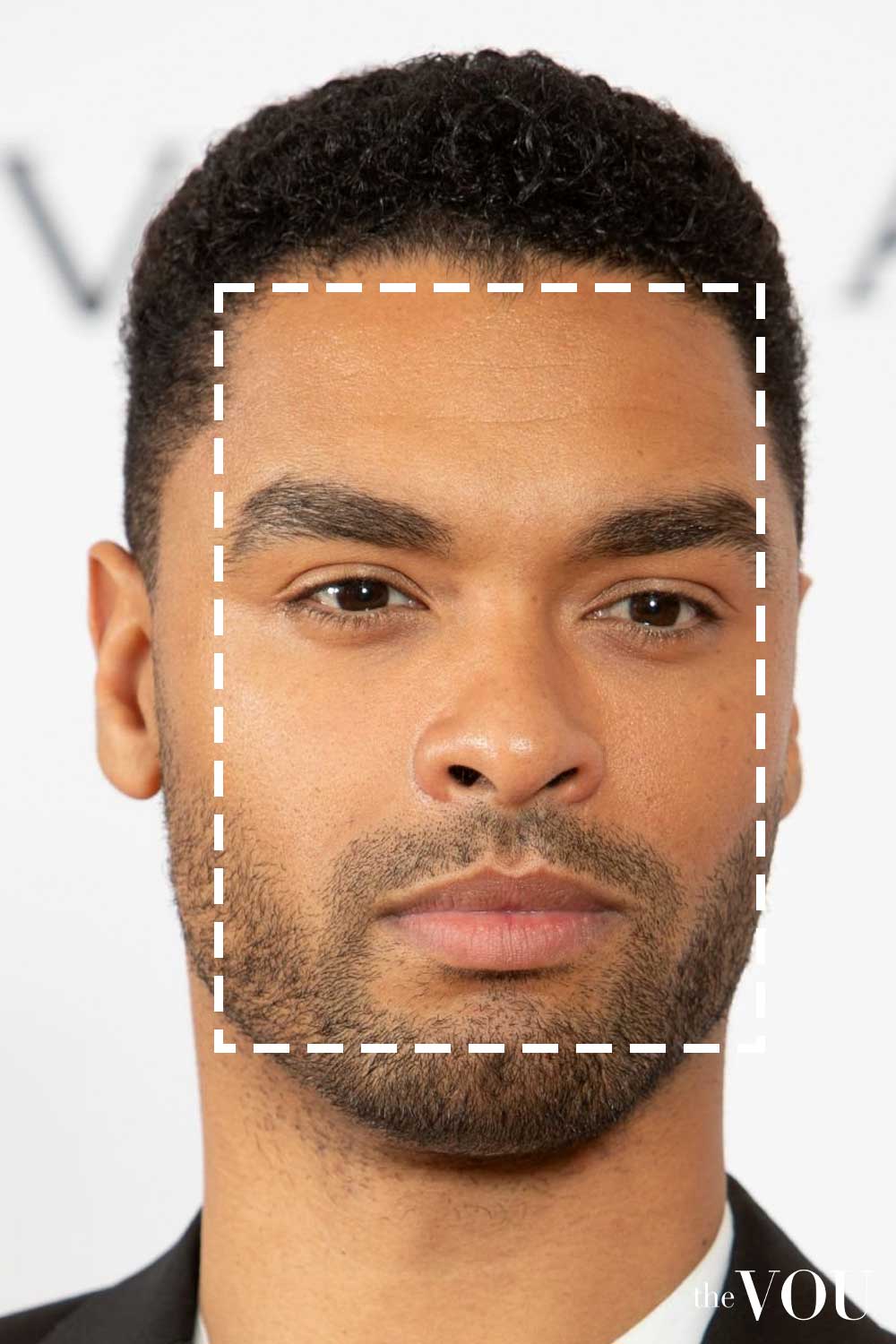
Triangular Face: A fuller beard can add width to a narrow chin.
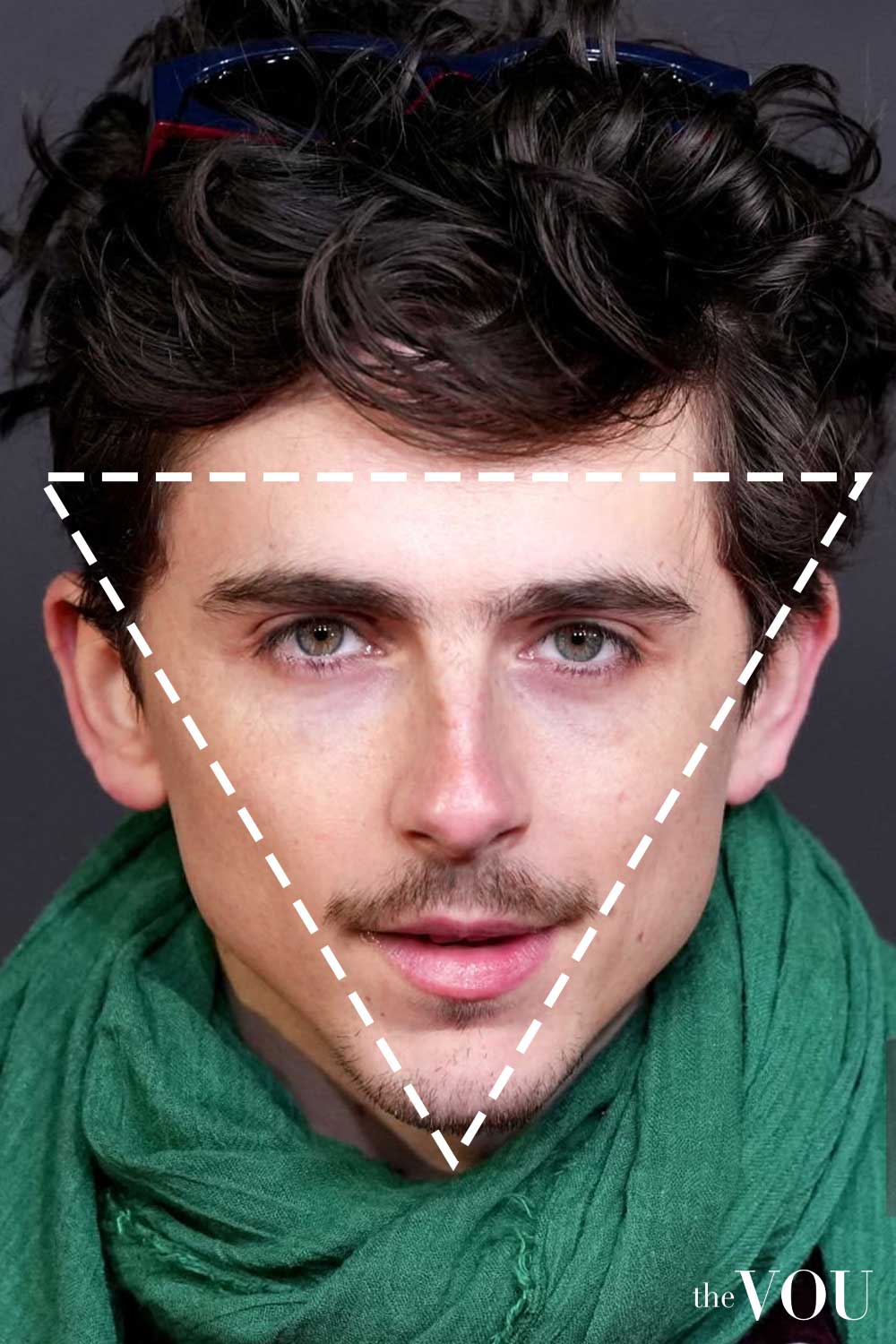
Actionable Insight: Experiment with different facial hairstyles to find one that complements your features. If you’re unsure, ask your barber for advice.
Hair Care Ideas
Your hair is one of your most noticeable features, so taking good care of it is important.
Here are some tips for maintaining healthy and stylish hair.

Shampoo and Conditioner: Choose shampoo and conditioner appropriate for your hair type. If you have oily hair, you may need to shampoo more frequently than someone with dry hair.
Styling Products: Use styling products sparingly, as too much can weigh down your hair and make it look greasy.
Regular Haircuts: Ideally you’ll get an Ivy league haircut, trimmed regularly to keep it looking neat.
Healthy Lifestyle: A healthy diet and lifestyle can contribute to healthy hair. Make sure you’re getting enough sleep, exercise, and nutrients.
Actionable Insight: Experiment with different hairstyles to find one that suits your face shape and personal style. Be bold and ask your barber for advice.
Removing Unwanted Hair
Unwanted hair can be a nuisance, but there are several methods for removing it.
Shaving: Shaving is a quick and easy way to remove unwanted hair, but it can also cause irritation and ingrown hairs.
Waxing: Waxing removes hair from the root, resulting in smoother skin and longer-lasting results. However, it can be painful. Laser hair removal is a more permanent solution, but it can be expensive and require multiple sessions.
Hair Removal Creams: Hair removal creams are painless but can irritate sensitive skin.
Actionable Insight: Choose the hair removal method that best suits your needs and preferences. If you have sensitive skin, you may want to avoid shaving and waxing.
Bad Breath Treatment
Bad breath, or halitosis, can be an embarrassing and confidence-shattering problem.
Fortunately, there are several simple steps you can take to combat it.
Oral Hygiene: Brush your teeth twice a day, floss daily, and use a tongue scraper to remove bacteria from your tongue.
Mouthwash: Use an alcohol-free mouthwash to kill bacteria and freshen your breath.
Hydration: Drink plenty of water throughout the day to keep your mouth moist and prevent bacteria from building up.
Diet: Avoid foods that cause bad breath, such as garlic, onions, and coffee.
Regular Dental Checkups: Visit your dentist regularly for checkups and cleanings.
Actionable Insight: Carry sugar-free gum or mints to freshen your breath on the go. If you suffer from chronic bad breath, consult your dentist to rule out any underlying medical conditions.
Hand and Foot Care
Your hands and feet are often overlooked, but they deserve as much care as the rest of your body.
Here are some tips for keeping your hands and feet looking their best:
Moisturise: Apply a moisturiser to your hands and feet daily to keep them hydrated and prevent dryness.
Trim Your Nails: Keep your nails trimmed and clean.
Wear Comfortable Shoes: Choose shoes that fit well and provide adequate support to prevent foot problems.
Protect Your Hands: Wear gloves when doing chores or working with your hands to protect them from damage.
Actionable Insight: Treat yourself to a professional manicure or pedicure occasionally. It’s a great way to relax and pamper yourself.
Clean & Dry Up
Proper drying after a shower is essential for maintaining good hygiene.
Not drying yourself properly can create a breeding ground for bacteria, leading to body odour and skin irritation.
Dry yourself thoroughly, especially in areas prone to moisture buildup, such as your armpits and groin.
Actionable Insight: Pat yourself dry with a clean, dry towel after a shower. Avoid rubbing, as this can irritate your skin.
Sweating Tips
Sweating is a natural bodily function, but excessive sweating can be embarrassing and uncomfortable.
Here are some tips for managing sweat:
Antiperspirant: Use an antiperspirant deodorant to reduce sweat production. Breathable
Fabrics: Wear clothes made from breathable fabrics like cotton or linen to allow your skin to breathe.
Layering: Layering your clothes can help to absorb sweat and prevent it from showing through your outer layer.
Shower Regularly: Showering will help to remove sweat and bacteria from your skin.
Actionable Insight: Talk to your doctor if you suffer from excessive sweating. There may be underlying medical conditions that can be treated.
Choosing the Right Scent
A good fragrance can enhance your style and leave a lasting impression.
When choosing a scent, consider your skin type and lifestyle.
Oily Skin: Choose a lighter, citrus-based scent if you have oily skin.
Dry Skin: If you have dry skin, choose a heavier scent with notes of musk or wood.
Lifestyle: When choosing a scent, consider your lifestyle. If you’re active, you may prefer a fresher, sportier scent. If you’re more of a night owl, you may prefer a richer, more sensual scent.
Actionable Insight: Apply fragrance to your pulse points, such as your wrists and neck. These areas are warmer and will help to diffuse the scent.
Grooming in the Winter
Winter weather can be harsh on your skin, so adjusting your grooming routine is important.
Here are some tips for keeping your skin healthy and hydrated during the colder months:
Moisturise: Use a richer moisturiser to combat dry skin.
Exfoliate: Exfoliate regularly to remove dead skin cells and prevent clogged pores.
Protect Your Lips: Use a lip balm to protect your lips from chapping.
Drink Plenty of Water: Staying hydrated is important for healthy skin all year round.
Actionable Insight: Invest in a humidifier to add moisture to your home or office air. This can help to prevent dry skin and chapped lips.
Key Takeaways
Following these grooming tips, you can maintain a polished, sophisticated appearance that complements your Old Money style.
Remember, grooming is not just about vanity; it’s about taking care of yourself and projecting an image of confidence and self-respect.
Take the First Step With The VOU’s Styling Quizzes
Start your style journey with our free resources. First, take our Face Shape Quiz to confirm your face shape and receive initial styling guidance.
Then, discover your most flattering colours with our Seasonal Colour Analysis Quiz.
Learn which garment styles suit you best through our Body Shape Quiz, and find your ideal personal style with our Fashion Style Quiz.
Transform Your Image with The VOU’s Professional Guidance
For comprehensive image development that goes beyond hat selection, The VOU offers expert styling services to ensure your complete look projects success and sophistication.
Our Professional Face Shape Analysis package provides you with a scientific analysis of your exact face shape, personalised hairstyle recommendations, customised facial hair styling guide, expert eyewear selection guidance, and detailed grooming recommendations tailored to your unique features.
For the most comprehensive transformation, consider our Complete Image Transformation Package.
This premium service includes our Professional Face Shape Analysis, Seasonal Colour Analysis, Body Shape Analysis, Fashion Style Analysis, Wardrobe Curation Guide, and Personal Brand Development.
Through this complete package, you’ll develop a cohesive style that communicates success and sophistication across all aspects of your appearance.
With years of expertise in high-end fashion collabs and a PhD in Sustainable Fashion, Ru specialises in curating eco-luxe wardrobes for the modern gentleman seeking understated refinement.
A passionate advocate for inclusivity and diversity, Aidan is the driving force behind The VOU as its Editorial Manager. With a unique blend of editorial acumen and project management prowess, Aidan's insightful articles have graced the pages of The Verge, WWD, Forbes, and WTVOX, reflecting his deep interest in the dynamic intersection of styling with grooming for men and beyond.


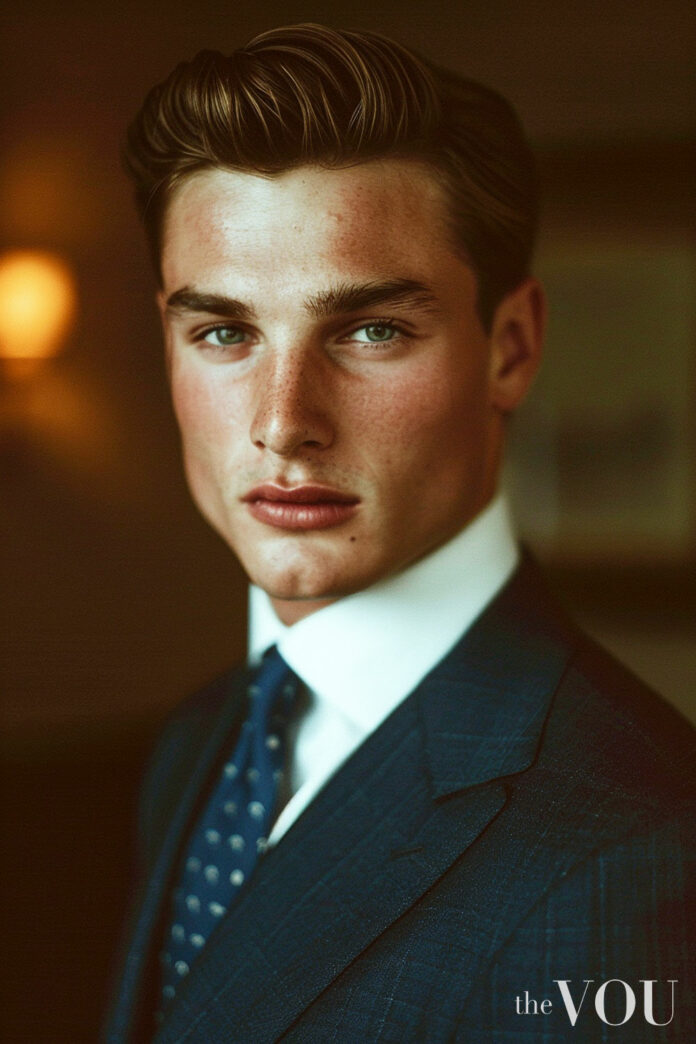
I find it somehow common-sense, in the sense that all men should groom and look civilized.
An insightful guide for men, I really appreciate the emphasis on timeless grooming tips that embody elegance and sophistication. It’s refreshing to see a focus on quality over trends and I can’t wait to incorporate these principles into my fashion routine!